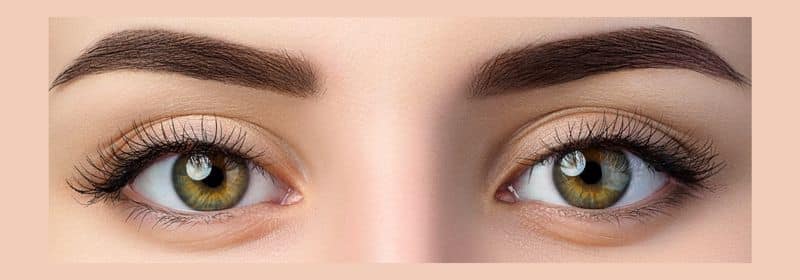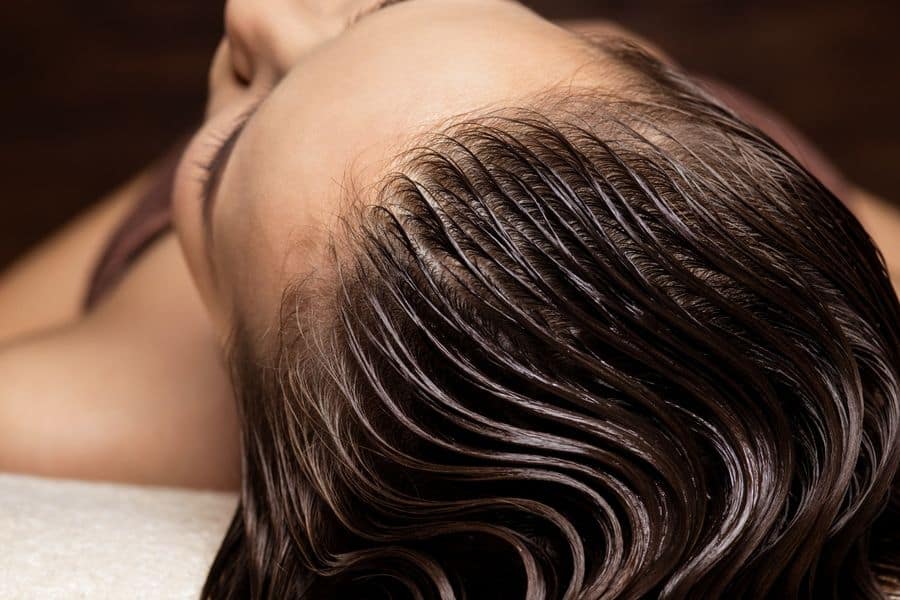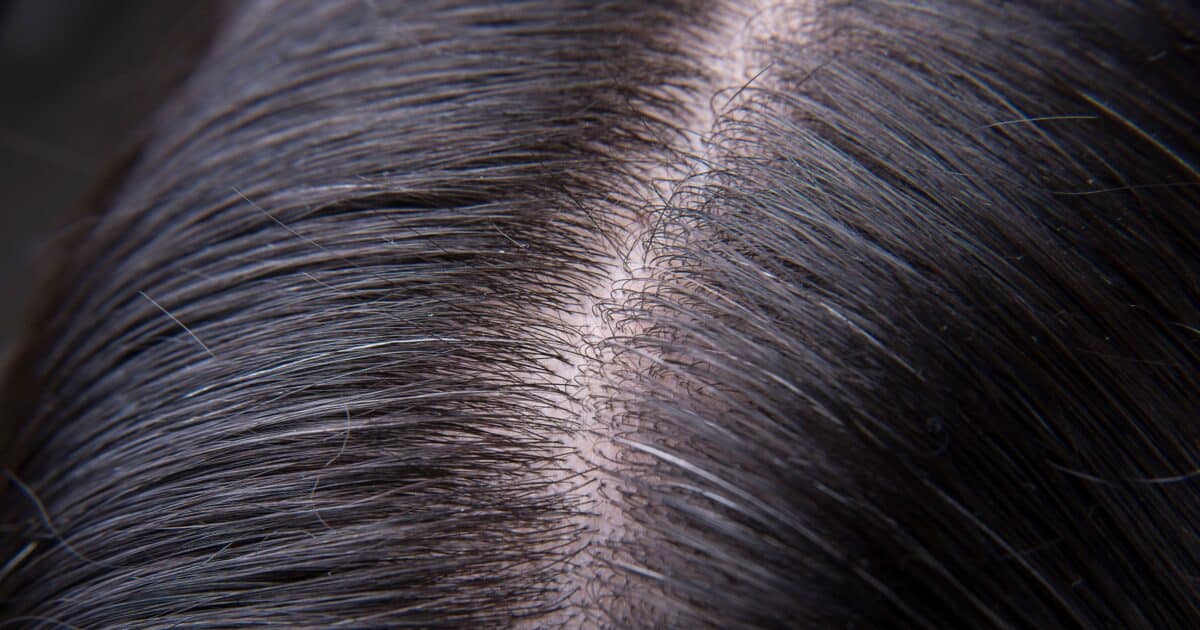Think You Know Everything About Hair Restoration? 6 Myths That Aren’t True
Introduction
Hair restoration is a booming industry. There are countless clinics across the country that are good at what they do. Even so, there still needs to be some clarification about how hair restoration works and what it can achieve. To make an informed decision about getting a hair transplant, you need to understand the myths and realities of the procedure. Read on for common hair restoration myths and what to do about them.
Myth #1: It’s not worth it because I’ll lose the restored hair after a while.
The truth is that you can expect to keep your restored hair for good. The transplanted hairs will continue to grow, with some reaching their full length over time–and they’ll look natural and like your hair once they do.
Myth #2: Only men lose their hair.
Hair loss is not just a male problem. Women can also experience it, and they may be surprised to discover that it’s not caused by genetics or stress. The truth is that there are many reasons why women lose their hair, including hormone changes and medical conditions like hypothyroidism (a condition where your thyroid gland doesn’t produce enough hormones).
Myth #3: The only way to restore hair is through a surgical procedure.
There are many ways to restore your hair, including medications and surgical procedures. Some people opt for transplant surgery, while others use Platelet-rich plasma (PRP) therapy, Minoxidil, Propecia, or Rogaine to slow down hair loss and even regrow some lost locks. (1)
If you’re experiencing hair loss, it’s important to see your doctor so they can determine the best course of action. Your doctor can help you identify the cause of your hair loss and recommend the most effective treatment plan.
Myth #4: Hair transplantation is so new that it’s still experimental.
Let’s get one thing straight: hair transplantation is not new. It’s been around for decades, and it’s always improving. This procedure is not experimental–it’s proven and effective. And no, it isn’t a fad. Hair transplantation is an established, proven medical procedure performed for decades. It’s a safe and effective way to restore your hair.
Myth #5: The transplanted follicles will look like plugs.
Hair transplantation is not a pluggy procedure. The results are quite natural looking. Each follicle is individually transplanted into your scalp, so it looks like your own hair growing from that area. The transplanted hair blends in with your existing hair, so there’s no obvious scarring or plugs.
Myth #6: The transplanted follicles don’t take root and grow properly. They’ll sit there.
When you hear about a hair transplant, it’s easy to assume that the hair will grow just like it did before–and for the most part, this is true. The transplanted follicles will grow as they did in their original location on your head. However, if you’re thinking about getting a transplant done and have been told by someone that transplanted hair won’t take root or grow properly, don’t believe them.
Transplanted hair can grow better than it did in its original location. A transplant will give you more coverage at the front of your head, which means you’ll be able to conceal your hair loss.
Contrary to popular belief, a hair transplant will give you fuller coverage than you’ve had in years—and it’s permanent.
A hair transplant is not an experimental procedure. It is an accepted medical treatment that has been around for decades. Indeed, the transplanted hair will grow slower and thicker than it did in its original location. However, it can still be healthy and give you a full head of hair. Hair transplant recipients at our Hair Restoration Virginia and Hair restoration Alexandria clinics, often say that their new hair looks better than it did before the procedure. A hair transplant is a permanent solution to hair loss that can give you the confidence and appearance that you’ve always wanted. It’s also a good choice if you’re looking for a more affordable alternative to hair replacement systems or wigs. (2)
At Anagen Hair Restoration Virginia and Hair Restoration Alexandria, our advanced technology allows us to give patients the desired results—natural-looking hair with less downtime and pain.
Conclusion
Hair restoration myths have been floating around for years, but they’re not true. If you or someone close to you is considering this procedure—or if you just want to learn more about it and save your life —please don’t hesitate to contact us today. The more you know, the better off you’ll be.










